Starring: Jack Mercer (voice of the Little King and others) and Mae Questel (voice of Betty Boop)
Directors: Dave Fleischer
Rating: Six of Ten Stars
A fun-loving king sneaks out of an opera performance and out from under the iron fist of his queen to enjoy a vaudevillian rodeo performance by Betty Boop.
In 1933, producer Max Fleischer approached Kings Features Syndicate with a proposal to turn their Popeye the Sailor comic strip character into an animated character. The Syndicate was dubious, but Popeye proved to be a far bigger hit in animation than he ever was on the printed page. After the demise of the Van Beuren Corporation, which had licensed Kings Features strip "Little King" for use in animation (and had produced a dozen shorts starring him), Fleischer decided to see if he could replicate the success he'd seen with Popeye.
"Betty Boop and the Little King" was a back-door "pilot episode" for a potential "Little King" series, just like "Popeye the Sailor" had been in 1933, and it follows the same template as that previous effort: Betty Boop is relegated to supporting-character status in her own series, as the Little King encounters her performing, joins the act, and triggers additional events and complications.
Unfortunately, the attempt to launch "The Little King" to screen stardom fizzled on the ground. The reasons for this could be many, but obvious ones are plain to see as the cartoon unfolds. First of all, Betty Boop lost her edge when the Production Code made the Fleischers feel obligated to redirect her adventures from an adult audience toward children, so the sly humor and escalating violence of "Popeye the Sailor" is nowhere to be found here. Second, where both "Betty Boop and the Little King" and "Popeye the Sailor" were structured in a way that they introduced viewers who might not be familiar with the source material to the characters, only "Popeye the Sailor" put major effort into building some new, unique, and fresh for the animated version. In fact, the Fleischer cartoon unnecessarily violates a standard of "The Little King" comic strip when they have the King speak. In the strip, he NEVER speaks... and there was no reason for him to do so here, either. Thirdly, while the story is cute and the King is equal parts funny and sympathetic (just like his more proper Queen is equal parts funny and UNsympathetic since she is trying to keep him behaving in a way that is befitting his status), it's generally a low energy affair. The animation is nice--even impressive at a couple of points--but when compared to other Betty Boop cartoons, the gags are weak and prone to overstay their welcome and there's barely enough going on to keep viewers engaged.
"Betty Boop and the Little King" isn't a terrible cartoon... it's just a little too tame and genteel.
This was the only time Fleischer used the Little King in one of his productions. It was probably for the best, since I have a feeling that he was much better suited for the type of fare that the Van Beuren Corporation put out--and with that said, I will have to seek out and watch some of those to see if I'm right or wrong. If anything, I'm fairly certain that the King didn't speak in those shorts, because most of the Van Beuren cartoons were essentially silent movies with elaborate musical scores.
But just don't take my word for whether "Betty Boop and the Little King" is good or not. I've embedded it" below, you can can check it out yourself; it's only seven or so minutes long. If you disagree with my take, I'd love to hear from you in the comments section below.

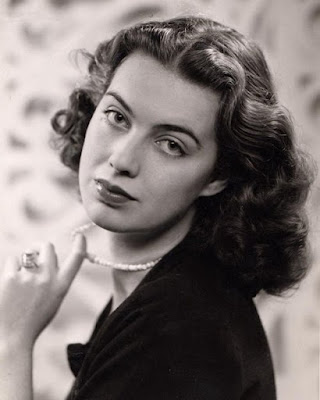




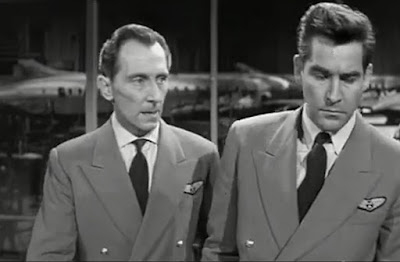
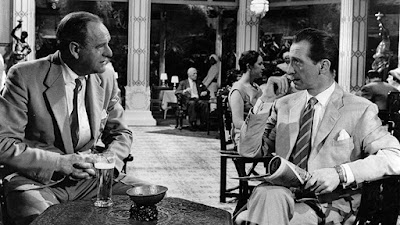
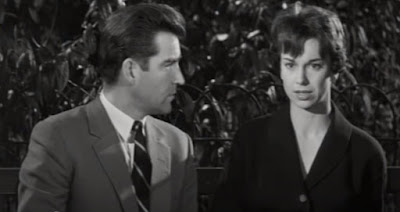









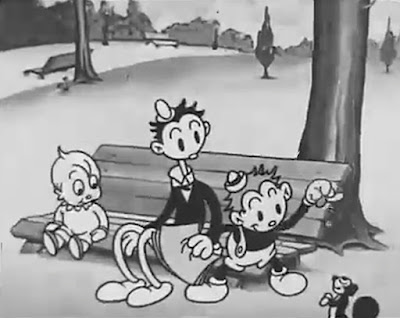
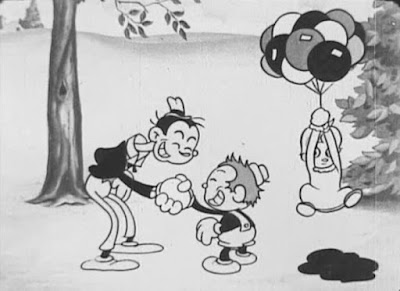


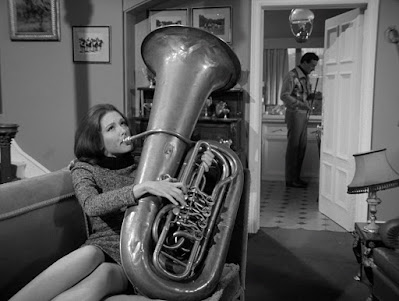



















.jpg)
